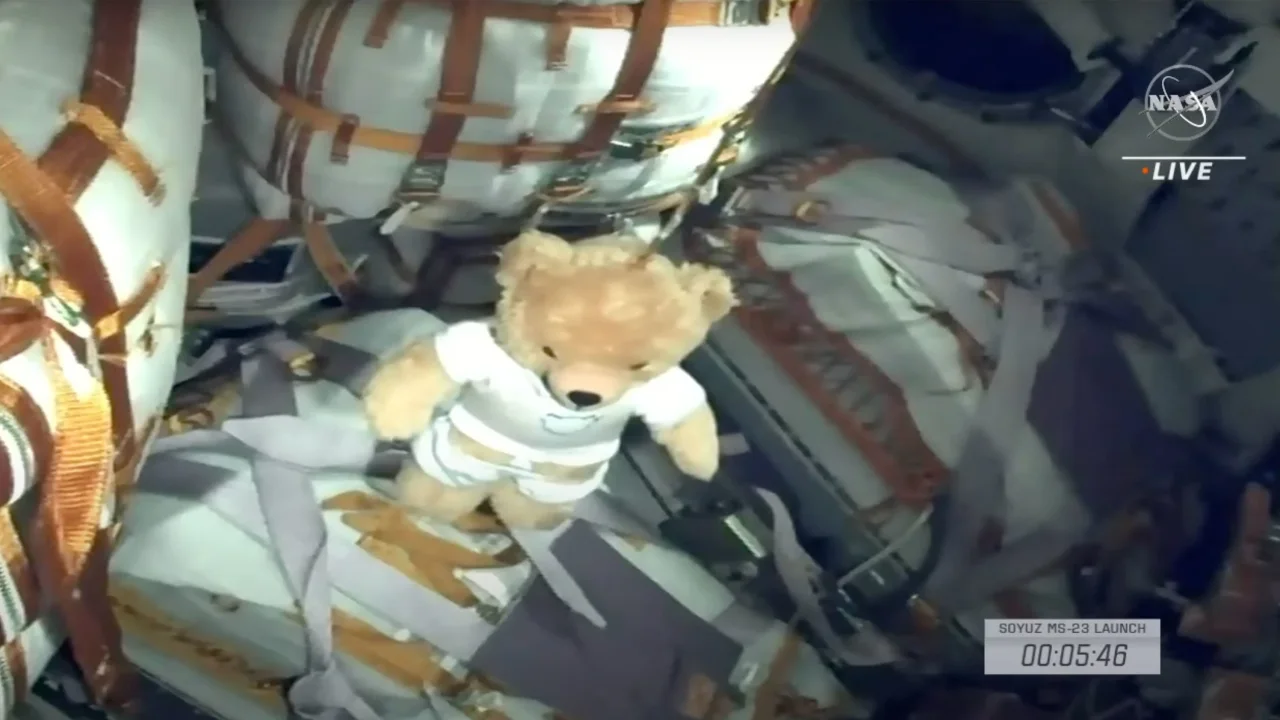☑ white dot of light
☑ no accurate
date and time given
☑ nobody else noticed it
☑ resurrected footage years out of date
☑ incredulity instead of analysis
☑ "coverup" because the experts don't acknowledge it (ufology as conspiracy theory)
First, "nearing the Earth's atmosphere" is not in evidence.
Secondly, we've seen this kind of apparent motion before, e.g. in footage of airliners, and it's always caused by the observer being in motion (as the ISS certainly is), which causes parallax effects. They trick our brains, because we're used to stationary observations (and we're stationary in front of our screen).
My take:

Stage 1: the satellite crosses close in front of the ISS. It's slightly lower than the ISS, therefore its orbital speed is faster, but it's moving at a slant, so the ISS starts to "overtake" it.
Stage 2: as the satellite moves away from the ISS, perspective makes it appear closer to the horizon, much like an aircraft that flies overhead and then disappears in the distance. As it draws parallel with the ISS, its speed allows the satellite to briefly overtake the ISS.
Stage 3: as the satellite moved closer to the ISS, its apparent altitude increases again. As the trajectory slants more, the ISS is able to overtake it.
Basically, there are two effects at work:
A: perspective. The object is first close, then far, then close again. This changes the apparent "distance to Earth's atmosphere" when the real altitude may remain unchanged.
(The satellite could also be on an elliptical orbit with varying altitude. Perspective would still apply as described.)
B: parallax. The "curved" trajectory made the lower and faster satellite seem slower than the ISS at the beginning and end of the clip, and faster in the middle.
Note: the ISS and the satellite travel on "great circles", i.e. they fly essentially "straight ahead", but because their path is not on a flat but on a spherical surface, they cross.

Source:
https://math.stackexchange.com/questions/565524/intersecting-great-circles-to-find-position
Or it could be fake.

